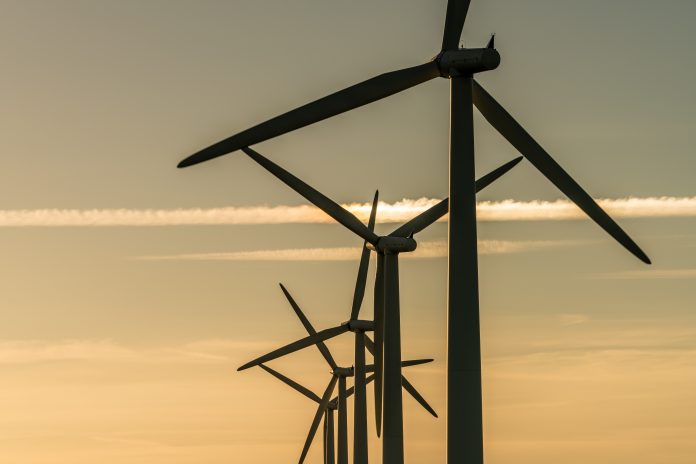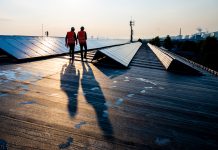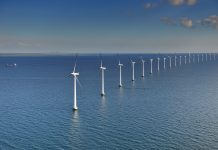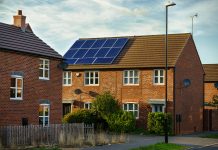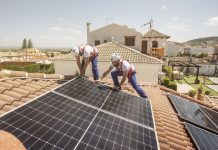In the run-up to US Offshore Wind Conference, Eoghan Quinn, Global Wind Lead for the newly branded Worley, reflects on the ever-evolving environment of the offshore wind sector
Early last year construction began on the world’s first 1GW+ offshore wind farm in the North Sea – Hornsea 1 – with the first blades turning this February. A major milestone in our transition to sustainable energy, the next generation of offshore wind projects will rival the capacity of traditional fossil-fuelled plants. Over the past 12 months, we’ve seen several key shifts in focus across markets, project specification, finance and expenditure.
1) Opex costs are under the microscope
In the last year, developers have started to shift their focus away from capex to opex. Economies of scale have driven down capex to a point where initial costs are becoming increasingly fixed, yet the opex bill for larger projects increases in line with its size. As more 1GW+ projects are set for development, the opportunity to streamline opex and improve ROI grows greater.
In tandem with this, we’re actively using predictive maintenance techniques for asset performance management, which can lower lifecycle operational costs while maximising reliability without increasing risk.
2) Integration is dazzling
Bidding for work as part of a consortium is akin to being a contestant in a beauty contest. For the most-part we all share very similar attributes. So what can we do to stand out? Like any good pageant, some points are awarded for talent, and this year the trending skill is the knowhow to integrate offshore wind and green hydrogen into one project.
Twelve months ago, it was not something industry was talking about. Now, green hydrogen is a top topic for every single developer I meet. And while we don’t expect to see hydrogen replacing gas anytime in the next five years, electricity from offshore wind has the potential to allow green hydrogen to be produced at scale in an economical way. As a result, we are observing clients seeking to dip their toes in the water now, in preparation for what is to come. The Netherlands could be a first-mover on green hydrogen, as it’s gas distribution infrastructure is suitable for conversion with minimal modification.
3) No one size fits all in emerging markets
The emerging markets in Asia and the USA are gaining momentum, and with them, they are taking the experience gained in Europe to navigate through their individual challenges. However, the approach by each region could not be more different. While Asia is very energetic in its approach, the USA is more conscious of risk, with developers taking longer to embrace the opportunity fully.
Asia is leaning on its existing oil and gas supply chain, allowing it to move quickly. The USA’s offshore wind supply chain, having only delivered the Block Island project, is still very much at the embryonic stage and is somewhat hampered by the Jones Act, which requires goods being transported by boat between two American points, do so on American vessels.
Despite these challenges, there are many synergies which can be built on in America to smooth the path. By way of example, Orsted recently awarded Worley the design and engineering for two offshore wind topsides substations for its ‘Revolution Wind’ project in Rhode Island. The project will draw on Worley’s combination of experience in digital, new energy and offshore hydrocarbons and supports Orsted’s previous movement from being a black to an entirely green energy company.
4) Saying goodbye to subsidies
Global costs of such projects have continued to come down to the point where, in certain markets and geographies, we are seeing projects planned with zero subsidy. In part, this is an effort by developers to compete against each other by offering projects that require no government finance. As projects become increasingly cost competitive, the integration of different technologies, particularly green hydrogen, into one project is also becoming a key differentiator.
In a similar vein we’ve seen an influx of household energy names into the space, looking to show shareholders they are committed to the energy transition. Pioneered by the likes of Orsted and Equinor, these well-established market players now see offshore wind as a commercially viable way to move into new energy and boost investment in the sector.
5) Data is in the water
Operational data, collected over many years, is beginning to play a much greater strategic role. We’ve always had data to some extent but we are beginning to reap the benefits of using it to inform the way we develop and operate projects. It is becoming strategic in its role. And the benefits are everywhere, from its ability to optimise the supply chain to reduce costs to informing how to extend asset life safely.
Everything going forward will be digitally centric – much like turbines at sea, we’ll be surrounded. So, what’ll be important will be to stay conscious of what offers true value in a world of ever-increasing digital solutions and choices.
For more insight from Worley join Eoghan and over 1300 industry executives at the US Offshore Wind Conference in Boston on the 10-11th June.

